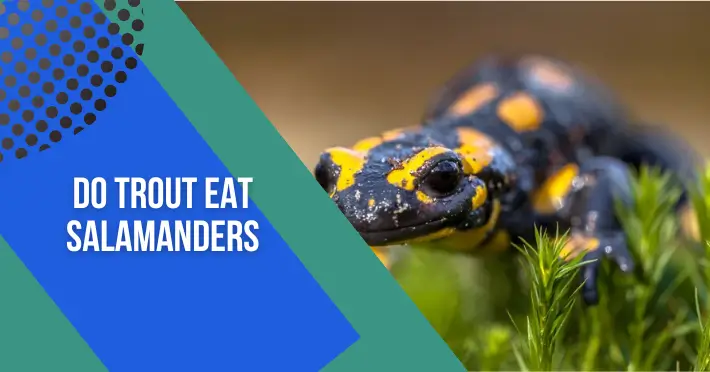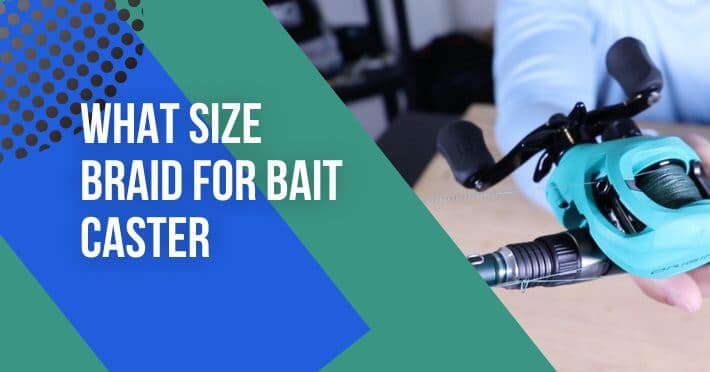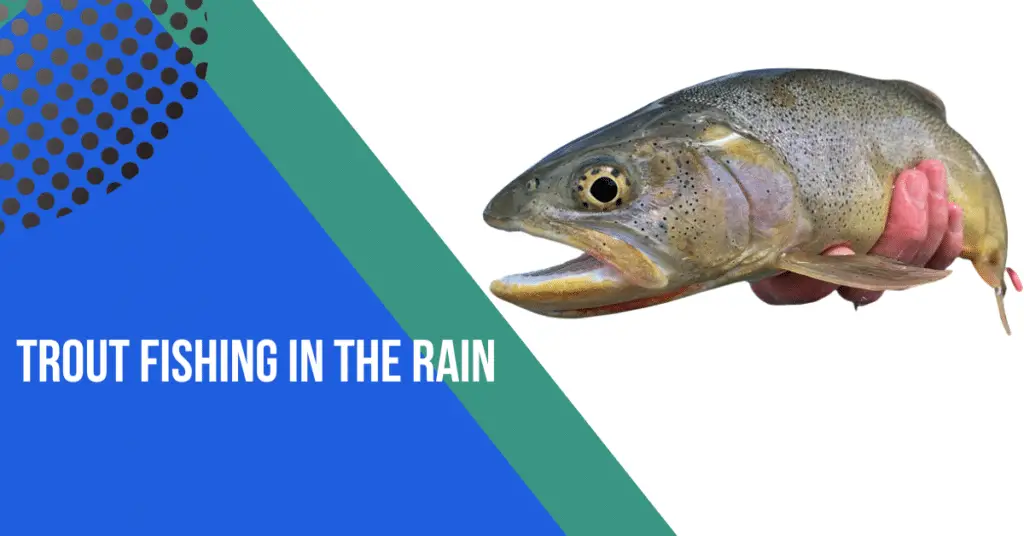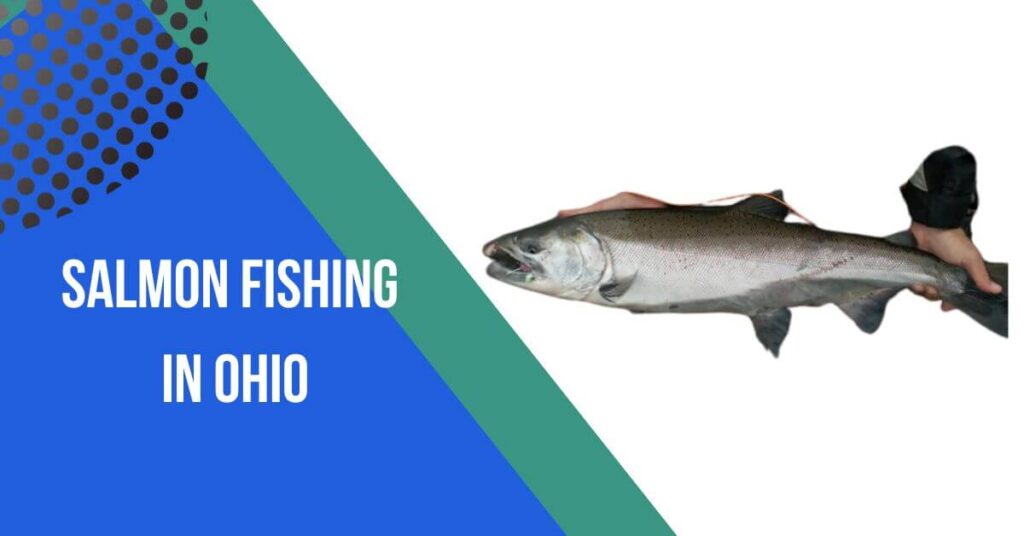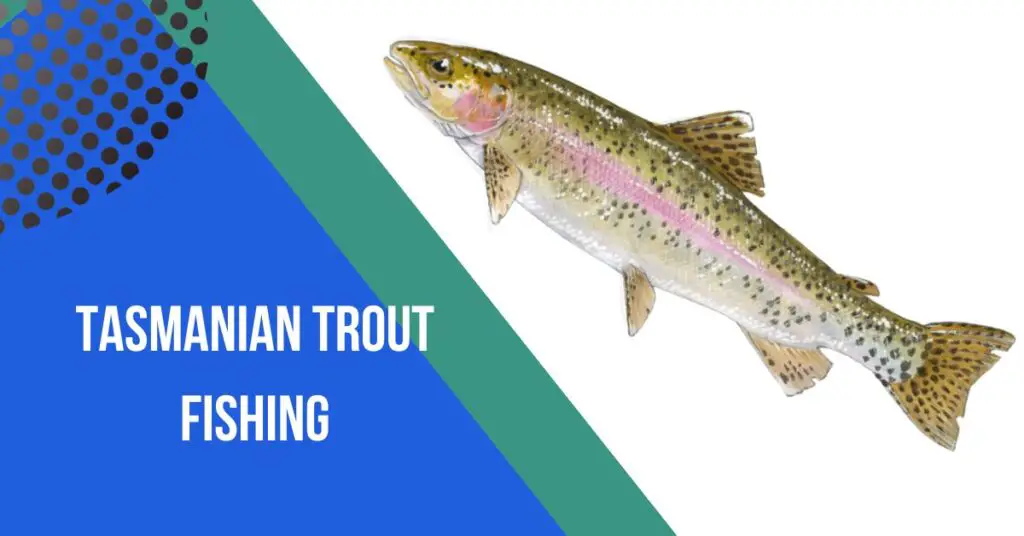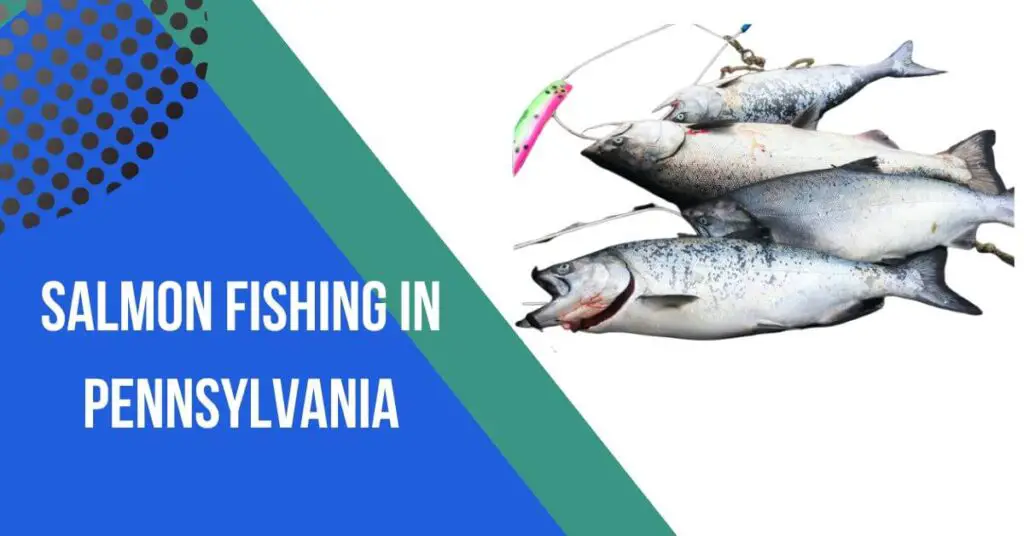Contents
- 1 Do Trout Eat Salamanders:
- 2 Trout Diet:
- 3 Salamanders in Trout Habitat:
- 4 Factors Influencing Predation:
- 5 FAQs:
- 6 Q1: Do trout eat salamanders?
- 7 Q2: What other factors influence trout predation on salamanders?
- 8 Q3: Are salamanders found in trout habitats?
- 9 Q4: Can salamanders and trout have a symbiotic relationship?
- 10 Q5: How can environmental factors impact predation dynamics?
- 11 Q6: What can be done for conservation considering trout and salamanders?
Trout are opportunistic feeders and may consume salamanders, especially if they are in the same aquatic habitat. However, the extent to which trout eat salamanders can vary based on factors such as the availability of other prey, the trout species, and the specific environmental conditions.
Do Trout Eat Salamanders:
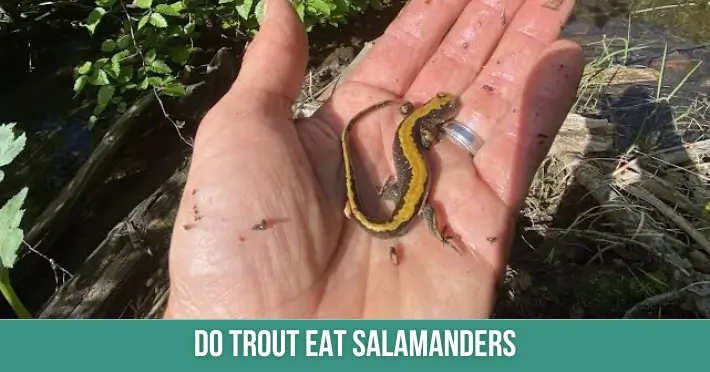
Trout are predatory fish known for their diverse and opportunistic feeding habits. Various factors, including species, age, habitat, and environmental conditions influence their diet.
Here is a general overview of trout feeding habits:
>> Carnivorous Nature: Trout are primarily carnivores, relying on animal-based food sources for nutrition.
>> Aquatic Insects: Insects, such as mayflies, caddisflies, and stoneflies, form a significant portion of a trout’s diet. Trout often feed on these insects during their various life stages, including nymphs, pupae, and adults.
>> Terrestrial Insects: Trout are known to consume terrestrial insects that fall into the water, such as ants, beetles, grasshoppers, and caterpillars.
>> Small Fish: Depending on the trout species and size, small fish, fry, or fingerlings may also be part of their diet. This can include other fish species or even smaller members of their species.
>> Crustaceans: Crustaceans like crayfish are another source of food for trout. These small crustaceans are often found in freshwater habitats and can be a nutritious meal for trout.
>> Mollusks: Some trout species feed on aquatic snails and mussels, adding a variety of mollusks to their diet.
>> Eggs: Trout are known to feed on fish eggs, especially during spawning seasons. They may target the eggs of their own or other fish species.
>> Salamanders and Amphibians: In certain situations, trout may also prey on amphibians like salamanders, particularly if they share the same aquatic habitat.
>> Environmental Variability: Trout feeding habits can vary based on environmental conditions, including water temperature, flow, and clarity. They may adjust their diet based on what is most readily available.
Overall, the adaptability and opportunistic nature of trout make them dynamic predators, capable of adjusting their feeding preferences based on the abundance and availability of various food sources in their habitat.
Trout Diet:
The diet of trout is diverse and varies based on factors such as species, habitat, age, and environmental conditions.
Here’s a breakdown of common components in the diet of trout:
>> Aquatic Insects: Trout are well-known for feeding on a variety of aquatic insects throughout their life stages. This includes nymphs, larvae, pupae, and adult insects like mayflies, caddisflies, stoneflies, and midges.
>> Terrestrial Insects: Trout also targets insects that fall onto the water from surrounding vegetation. Terrestrial insects such as ants, beetles, grasshoppers, and flying ants are often consumed by trout.
>> Small Fish: Depending on the size and species of trout, they may prey on smaller fish, including minnows, fry, and juvenile fish. This can be a significant part of the diet for larger trout.
>> Crayfish: Crayfish, also known as freshwater crustaceans, are another common prey for trout. These small crustaceans are often found in rivers and streams.
>> Mollusks: Some trout species feed on aquatic snails and mussels. They use their strong jaws and teeth to crush the shells of these mollusks.
>> Fish Eggs: During spawning seasons, trout may consume fish eggs. They target the eggs of their own or other fish species as a nutrient-rich food source.
>> Salamanders and Amphibians: In certain situations, trout may eat amphibians, including salamanders, especially if they coexist in the same aquatic environment.
>> Emerging Insects: Trout are known to target insects during their emergence from the water surface. This behavior often occurs when insects transition from their aquatic nymph or pupa stage to the adult flying stage.
>> Environmental Factors: Trout adapt their diet based on environmental conditions such as water temperature, flow, and clarity. Changes in these factors can influence the availability of different prey items.
Trout are opportunistic predators, and their diet can vary based on the specific conditions of their habitat. This adaptability allows them to thrive in a wide range of freshwater environments.
Salamanders in Trout Habitat:
Salamanders and trout may share the same aquatic habitats, and their interactions can vary depending on factors such as habitat type, salamander species, and trout species.
Here’s an overview of the presence and potential interactions between salamanders and trout in their shared habitats:
>> Aquatic Environments: Salamanders, particularly those in the family Plethodontid (lungless salamanders), are often found in or near freshwater habitats. They may inhabit streams, rivers, ponds, and other aquatic environments where trout are also present.
>> Habitat Overlap: Salamanders and trout can coexist in areas where there is suitable cover, such as rocks, logs, and vegetation. Both species may use these features for shelter and protection.
>> Potential Predation: Trout, being opportunistic feeders, may prey on salamanders if the size and species of salamanders are suitable for consumption. This predation is more likely to occur with smaller salamanders or during the larval stage when they are in the water.
>> Amphibian Life Stages: Trout may target amphibian eggs, larvae, or metamorphosing juveniles in the water. This includes not only salamanders but also the aquatic stages of frogs and other amphibians.
>> Symbiotic Relationships: In some cases, the relationship between salamanders and trout can be more symbiotic. For example, salamanders might benefit from trout presence by feeding on insects that are stirred up by the trout as they forage.
>> Environmental Factors: The presence and interactions between salamanders and trout can be influenced by environmental factors such as water temperature, flow rate, and habitat structure. These factors affect the abundance and distribution of both species.
>> Conservation Concerns: In certain regions, the decline of amphibian populations, including salamanders, has raised conservation concerns. Changes in water quality, habitat destruction, and the introduction of non-native species can impact the delicate balance between trout and salamanders.
Understanding the complex interactions between these species is essential for managing and conserving freshwater ecosystems. Conservation efforts often involve maintaining healthy habitats, preserving suitable cover for both salamanders and trout, and considering the ecological relationships within aquatic ecosystems.
Factors Influencing Predation:
Several factors influence predation, including both the predatory behavior of species like trout and the vulnerability of potential prey like salamanders.
Here are key factors that can affect predation in aquatic environments:
>> Availability of Other Prey: The presence and abundance of alternative prey species play a significant role in determining whether trout will actively prey on salamanders. If other preferred prey items are abundant, trout may be less inclined to target salamanders.
>> Trout Species Variations: Different species of trout exhibit variations in their predatory behavior. Some species may be more opportunistic and prone to predation on salamanders, while others may have more specialized diets focused on other prey.
>> Environmental Conditions: Factors such as water temperature, flow rate, and clarity can influence the predatory behavior of trout. Environmental conditions impact the visibility of prey and the overall activity of both trout and salamanders.
>> Habitat Complexity: The presence of complex habitats, such as rocks, logs, and vegetation, can provide shelter for salamanders and reduce their vulnerability to predation. Habitat complexity also influences the hunting strategies of trout.
>> Prey Size and Availability: The size and availability of salamanders relative to the size and hunger level of trout can determine predation rates. Larger trout may be more inclined to prey on larger salamanders if they are available and represent a suitable food source.
>> Time of Year: Seasonal variations, including spawning periods, can influence the behavior and diet of both trout and salamanders. During certain times of the year, such as the breeding season, the likelihood of interactions between the two species may increase.
>> Life Stage of Salamanders: The life stage of salamanders can affect their vulnerability to predation. Larval and juvenile stages, especially when in the water, may be more susceptible to predation than terrestrial adults.
>> Chemical Cues: Some studies suggest that chemical cues released by prey, including salamanders, can influence the foraging behavior of trout. Prey detection through chemical signals can play a role in predator-prey interactions.
Understanding these factors is crucial for managing ecosystems and developing conservation strategies.
Balancing the needs of various species and maintaining healthy habitats can help preserve biodiversity and the intricate relationships within aquatic ecosystems.
Conclusion:
The predation dynamics between trout and salamanders are multifaceted and influenced by factors such as habitat complexity, environmental conditions, and prey availability.
While trout are known opportunistic feeders and may include salamanders in their diet, the extent of predation varies based on species, life stages, and other ecological nuances.
Conservation efforts should consider these complexities to maintain the delicate balance of aquatic ecosystems and ensure the coexistence of these diverse species.
FAQs:
Q1: Do trout eat salamanders?
A1: Yes, trout are known to eat salamanders, particularly when they share the same aquatic habitat. However, the extent of predation depends on various factors, including species, size, and environmental conditions.
Q2: What other factors influence trout predation on salamanders?
A2: Factors influencing trout predation include the availability of alternative prey, trout species variations, environmental conditions (such as water temperature and flow), habitat complexity, and the life stage of salamanders.
Q3: Are salamanders found in trout habitats?
A3: Yes, salamanders, especially those in the family Plethodontidae, are often found in or near freshwater habitats where trout reside. Both species may coexist in environments such as streams, rivers, and ponds.
Q4: Can salamanders and trout have a symbiotic relationship?
A4: In some cases, the relationship between salamanders and trout can be more symbiotic. For example, salamanders may benefit from the presence of trout by feeding on insects stirred up by the trout during their foraging.
Q5: How can environmental factors impact predation dynamics?
A5: Environmental factors, including water temperature, flow rate, and habitat structure, can influence the visibility of prey and the overall activity of both trout and salamanders. Changes in these factors can affect predation rates.
Q6: What can be done for conservation considering trout and salamanders?
A6: Conservation efforts should focus on maintaining healthy habitats, preserving suitable cover for both species, and considering the ecological relationships within aquatic ecosystems. Balancing the needs of various species is essential for biodiversity conservation.

